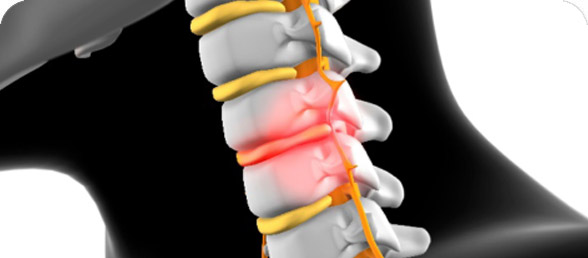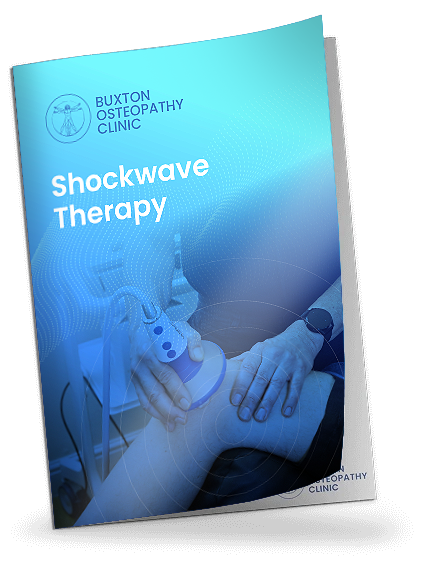In the UK, it would seem, we are much more sentimental about our bacon and we have a widespread willingness to forgive it!

This week I am writing about colon cancer as it is Colon Cancer Awareness Month!
Being English I love my bacon! As a keen cyclist I was bought a coffee cup for Christmas in 2016 and the graphics read, ‘Five things I like almost as much as riding my Bike’:
-
Looking after my bike
-
Talking about my bike
-
Watching TV programmes that feature people riding bikes
-
Websites about bikes
-
Bacon
Bacon is one of our Pleasures!
I would have to say the first four things are probably true and the fifth, being bacon, is also certainly one of life’s simple pleasures, but it is linked to colon cancer!
Both ham and bacon are quintessentially British foods and let us be forthright, a bacon sandwich with ketchup is hard to beat! The smell of frying bacon is one of our favourite scents in the UK, along with cut grass and fresh bread. However, following a report from the World Health Organisation (WHO) in 2015 I have since thought a bit more carefully about bacon!
Health scares are always easy to ignore but this was unequivocal. The WHO announcement came on advice from 22 cancer experts from 10 countries, who reviewed more than 400 studies on processed and cured meat covering epidemiological data from hundreds of thousands of people. To be told that bacon (and other cured meats) was now recognised as a group 1 carcinogen and a leading cause of colon cancer was indeed a surprise! A journalist in the Guardian summarised her thoughts by stating, ‘it was a bit like finding out your granny had been secretly sprinkling arsenic on your morning toast.’
Bacon, like all cured meats, contains nitrosamines. Nitrosamines are potent carcinogens that are formed by the reduction of nitrates to nitrites. Nitrites are found several foods but are at high levels in foods that have been cured, salted or pickled such as salami and bacon.
How much of a risk do nitrosamines confer?
What did the WHO Report Say?
In 2015 the WHO announced that there was unequivocal evidence that suggested that more than 50g per day of processed cured meat (about 2 slices of bacon) increased the chances of colon cancer (colorectal) by 18%. Cured meats were officially classified as a group 1 carcinogen (alongside asbestos and tobacco and plutonium!), meaning there was enough evidence that they caused colon cancer. Now let us put this in proportion. There are few of us who eat bacon every day and even then, if you did, a relative risk of 18% is not great. Cancer Research UK, at the time, suggested that this was a reason to reduce processed meat intake rather than give up completely. Professor Tim Key, from the Cancer Research UK and the University of Oxford, said: “This decision doesn’t mean you need to stop eating any red and processed meat, but if you eat lots of it you may want to think about cutting down.”
However, the same report also highlighted that high levels of red meat consumption (more than 100g per day) also increased the risk of colon cancer by 17% (the average steak is roughly 225g). To give the report a sense of balance the authors were careful to stress that meat obviously has health benefits as well (iron, zinc and Vitamin B12). The premise is, is that if you eat cured meats regularly, and have a high red meat intake combined with perhaps a low fibre diet, the health risks begin to accumulate. The incidence rate of colon cancer in the UK is 6 out of every 100 people (or 41,000 each year) and estimates suggest that 21% of these cases are due to processed meat and/or high red meat consumption.
Allium Vegetables are Good for Our Health
To put things in perspective it is important to think about our diet as a whole rather than focusing on individual foods. An overall balanced diet is of course key. Only this weekend in the Times there was an article entitled ‘Half an Onion a day keeps colon cancer at bay’. This article suggested that eating 16kg of allium vegetables (i.e. onions, leeks and garlic) per year reduced the risk of colon cancer. One of the quoted studies looked at 1,666 men and women, and those eating only 74g of allium per day (in this case half an onion) were 79% less likely to develop colon cancer. Susannah Brown of World Cancer Research Fund was quoted as saying “Vegetables are a great source of fibre and our research shows eating a diet rich in fibre protects against bowel cancer.”

Allium vegetables, however, are a little more profound as they also contain bioactive compounds that help protect against cancer. The other study cited in the Times from the Asia Pacific Journal of Clinical Oncology looked at 833 people with bowel cancer and compared them with 833 healthy people. The conclusions were strikingly similar and seemed to suggest that onions, garlic, leeks and spring onions were all found to reduce the risk of colon cancer. So, going back to my introduction what are nitrosamines and what effect do they have on biological tissue? The worst possible example is smoking. In 2015, when the hysteria over the WHO report was at its peak, cured meats were mentioned in the same breath as smoking (as they were bracketed in the same cancer risk category). This is a very unrealistic comparison but smoking neatly demonstrates the damage that nitrosamines can do.
Nitrosamines and Why They are Dangerous
Tobacco is the most extreme example as it contains nicotine which is an addictive mild stimulant that targets the brain’s reward system. Smokers quickly come to crave this reward, requiring increasing amounts as the body becomes habituated, and face powerful withdrawal symptoms when quitting.
Unfortunately, nitrosamines are also present in cigarette tobacco as nicotine-derived compounds. These compounds form within the body when we smoke, two of these compounds are nicotine-derived nitrosaminoketone (NNK) and N-Nitrosonornicotine (NNN). Both are highly reactive compounds and parts of their structures can be transferred to our DNA base. This means that genetic information can then be misread when our DNA is replicated. NNK for instance has two side chains (a methyl and a ketone group) that can be transferred to DNA. The methyl side chain is very evasive because it is small enough to evade any self-repair mechanisms that we might have, but different enough to corrupt the pairing of the bases in our DNA!
In tobacco smoke there are also dozens of other carcinogenic compounds that modify and mutate DNA in other ways. Cigarette smoke constantly attacks the DNA in cells, making changes randomly in multiple genes. In one out of five smokers, these mutations will build up over the years and ultimately corrupt just the right combination of genes, creating a cancer cell.

When the WHO report was published in 2015 there was an immediate huge slump in bacon sales in the UK (£3 million loss in 2 weeks). The health risk of bacon is mainly down to two components that have traditionally been used as food additives: potassium nitrate and sodium nitrate. These additives help make cured meats look appetising and give them a rosy pink colour. They are converted to nitrites as the meat cures and the nitrites permit flavour producing bacteria to develop in preference to others.
The nitrates also interact with certain components in red meat (haem iron, amines and amides), they then form what we call N-nitroso compounds, the best known of these compounds is nitrosamines. These carcinogenic compounds damage the cells in the lining of the colon and can lead to colon cancer. It is also worth pointing out that vegetables have also been found to be a main dietary source of nitrites. However, they are also an excellent source of antioxidants, such as vitamin C and many other phytochemicals, which slow down or block the conversion of nitrites to nitrosamines. Therefore, an overall balanced diet that includes fruit, vegetables and meat is clearly important.
We have known about the Dangers of Nitrosamines for 60 years!
The most amazing thing about the bacon panic of 2015 was that it took so long for official public health advice to be dispensed (particularly in the UK). Evidence against cured meats and the carcinogenic effects of nitrosamines had been discovered over 60 years ago. It was actually two British scientists Peter Magee and John Barnes who proved that rats fed with high levels of dimethyl nitrosamine developed liver tumours in the 1950’s. By the 1970’s this study was endorsed time and again by further successive scientific investigation, but it was actually the US that first started raising public awareness.
In 1973, as the evidence mounted, Leo Freedman, the then chief toxicologist of the US Food and Drug Administration went on public record and said, “nitrosamines are a carcinogen for humans”. In 1977, the FDA and the US Department of Agriculture gave the meat industry three months to prove that nitrate and nitrite in bacon caused no harm. This was met with a great deal of resistance from the US meat industry who argued that nitrates and nitrites were utterly essential for the making of bacon, because without them bacon would cause thousands of deaths from botulism (there are of course other methods of preservation so this was a bit of a smokescreen). Nevertheless, even to this day, US consumers remain much more aware of risks associated with nitrates than their European counterparts, and “nitrate-free bacon” is widely available on the US market.
In the UK, it would seem, we are much more sentimental about our bacon and we have a widespread willingness to forgive it!






